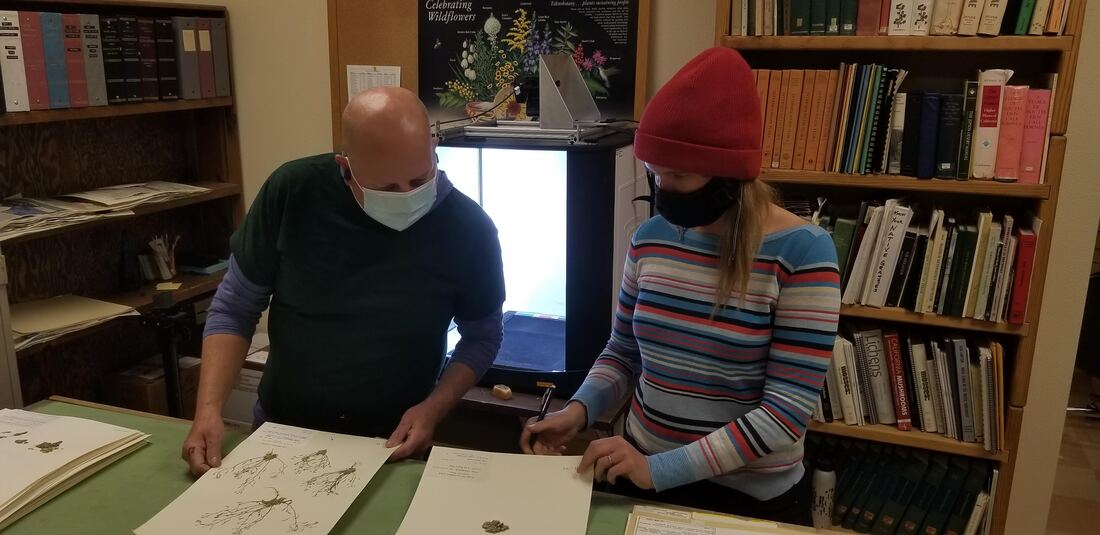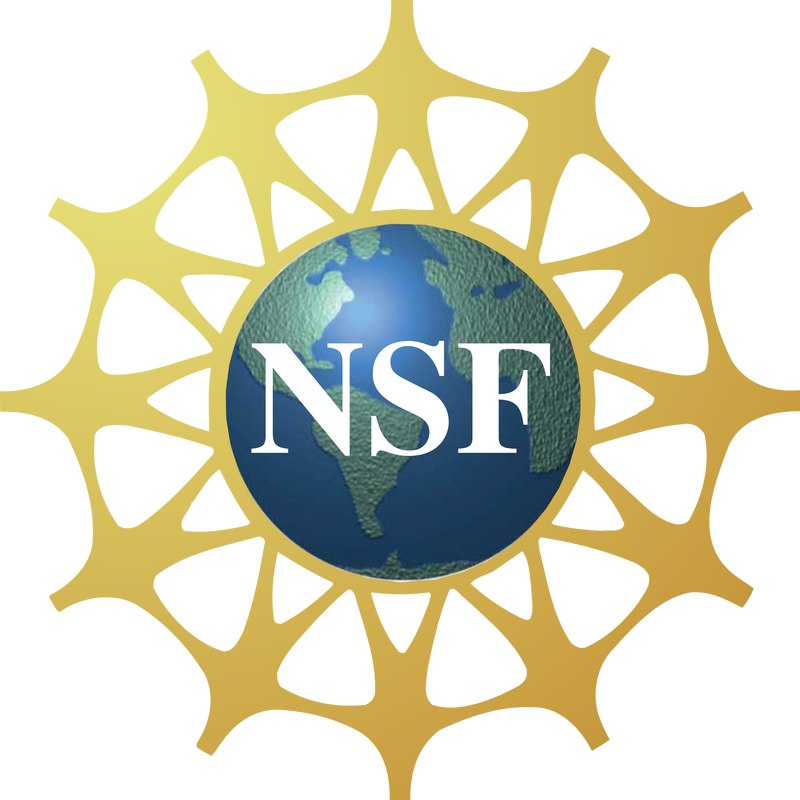The activities of the California Phenology Network have dramatically increased the number and diversity of publicly-available, digitized herbarium specimens; however, the work is not done. Many herbaria across the state--generally small, regional collections--remain undigitized. These herbaria contain unique specimens that are critical to a complete understanding of the local flora, and the need to digitize these collections is underscored by their vulnerability to natural disasters such as wildfires.
Two such herbaria are the Inyo National Forest Herbarium (INF) and the newly-minted BLM Bishop Field Office Herbarium (BLMBI). These relatively small collections, numbering fewer than 5000 specimens apiece, reside at the Inyo National Forest and BLM Inyo and Mono County headquarters building in the small town of Bishop, CA. Here, at over 4000 ft. elevation, these collections stoically preserve the flora of the rugged surrounding landscape: the towering Sierra Nevada to the west, the arid expanse of Owens Valley, and the rocky White Mountains to the north and east.
Knowing full well of the importance of the INF and BLMBI collections, and having heard of the digitization work of the California Phenology Network, National Forest botanist Blake Engelhardt contacted the Cal Poly Hoover Herbarium about getting these small collections digitized, and we were eager to help! The Cal Poly Herbarium lent the INF and BLMBI herbaria imaging equipment and, in a brief trip to Bishop, trained their staff and volunteers in the digitization process. Over the course of only a few short weeks, INF imaged their entire collection with these few, critical tools...and a lot of help from passionate botanists.
Even the Inyo National Forest Botanist of 17 years, Kathleen Nelson, took time out of her retirement to pitch in. Botanists took shifts imaging for several hours during a 3-day digitization blitz, photographing hundreds of specimens per day.
With the complete imaging of the INF herbarium, the team is now working on the BLMBI specimens and will soon turn to processing and uploading the images to CCH2. Using a similar workflow to the CAP Network, the INF and BLMBI herbaria will then be able to transcribe and georeference their specimens directly in the portal with the help of volunteers, staff, and interns. Interested in helping out? Contact the CAP project manager for more information.
Congratulations INF and BLMBI!



